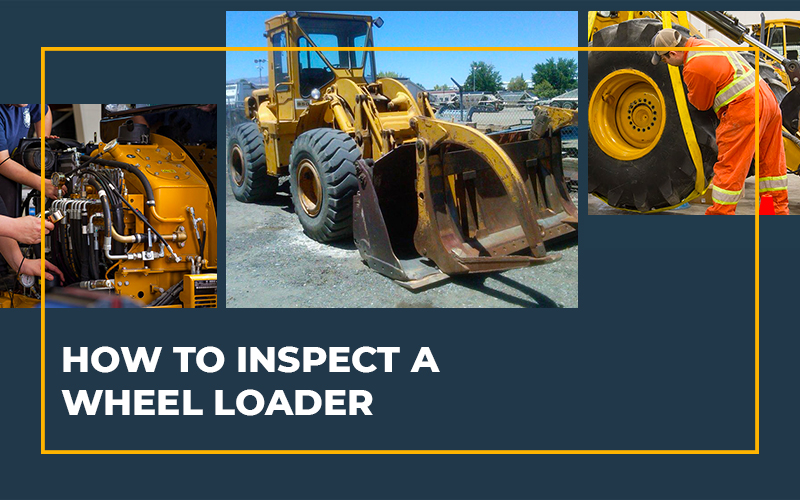Wheel loaders have evolved a great deal due to the technological development in recent years. Just like other machines, wheel loaders have been impacted greatly by these advancements in technology, and the loaders that you see today have enhanced functionality and can be much more productive than their predecessors. These modern loaders are also able to work in several different areas of expertise. Whether it is landscaping, recycling, or mining and material handling, loaders can pull off the job.
Like the classic front-end loader, it typically has its staple bucket at the front, but this modern version of the machine can come with additional features like a grapple or a mast forklift making it that much more versatile. You can find a wheel loader for sale with these additional features, or you could modify the one you have. If there are any parts of your loader that you are thinking about replacing or if you are thinking about buying a new or used wheel loader for sale, there are some things you need to consider before making a decision.
Inspect the Cab
When you are looking into buying a used front-end loader, the first thing that you should check is the cab. The condition of the cab can tell you a lot about how the previous owner of the machine treated it. If the cab is worse for wear, you can expect the same from other parts of the machine.
When you are inspecting the cab, you should check to see if the ladder is stable or not as you go into it. Check the condition of the cab’s features. See what the foot pedals, the seat, and joystick look like. Also, make sure to take note of the hour meter reading.
You should also start the machine to see whether all the gauges and backup alarms are working. If you hear any sounds while operating the bucket or any other attachments, that indicates that the equipment is not properly lubricated. Without proper lubrication, the metal parts tend to rub against each other resulting in squeaking and erosion.
Check the Bucket
Before you make the final decision about a loader, it is important that you check one of its most important components, the bucket. Start inspecting the bucket from the front and make sure that it does not have any missing or loose bucket teeth. If those are intact, look at the side panels of the bucket and its leading edge and assess the welds and repairs that have been made or see if it has cracks or shows signs of extreme wear and tear. If the loader you have chosen has a coupling system that connects the bucket to the lift arms, you should also check for any worn bushings and loose pins on the coupling system. After checking the coupling system, look for any damage on the lift arms and check their cylinder condition.
Engine
Before you buy the loader, it is also very important that you check its engine and look for any loose belts or leaks that may be visible. You should also remember to check the air filter and see what date it was last serviced. Air filters on a front-end loader should be replaced after every 100 hours of work.
Check the Hydraulic System
Hydraulic systems are essential to a front-end loader and need to be inspected thoroughly before you buy the machine. Look for any signs of damage on the hose and the cylinders and ensure that they do not have any scratches or cracks. If the cylinders are damaged in any way, it could lead to fluid leaking out and contaminating the area.
Center Articulation Point
Check the center articulation point of the machine. It can be found at the center of the machine under the cab. See if it shows signs of excessive use and is suffering any damages because of it. You can tell where the previous operator of the equipment used it by looking at the center point of the machine.


 1400 Broadfield Blvd, Houston, TX 77084,
USA.
1400 Broadfield Blvd, Houston, TX 77084,
USA.